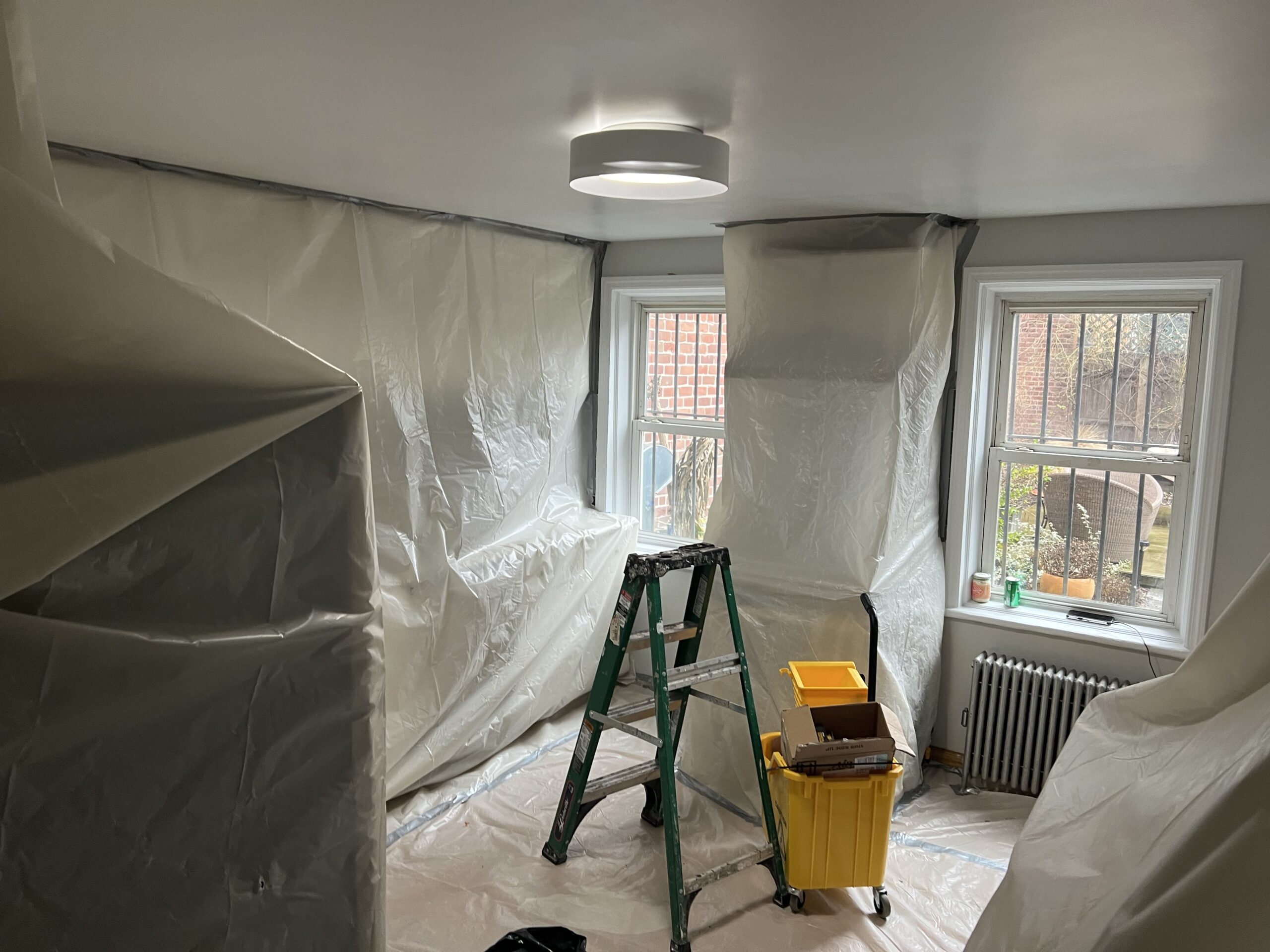Professional Lead Violation Removal in NYC-- Protect Versus Wellness Hazards
Professional Lead Violation Removal in NYC-- Protect Versus Wellness Hazards
Blog Article
Comprehensive Overview on Effective Lead Violation Elimination Methods
In the realm of ecological security, dealing with lead violations demands a meticulous and structured technique. This detailed guide starts by highlighting the crucial initial actions of determining lead risks through innovative analysis and screening techniques. The overview clarifies on the importance of sticking to strict safety procedures during the elimination procedure, consisting of the usage of proper PPE and separating impacted locations.
Determining Lead Threats
Determining lead threats is a vital first action in mitigating the dangers associated with lead exposure. Lead, a toxic steel, can be present in various ecological mediums, including paint, soil, water, and dirt.
The first stage in recognizing lead hazards entails understanding common lead resources within the built setting. Frameworks developed before 1978 are especially prone as a result of the common usage of lead-based paint during that period. Furthermore, soil contamination can occur from degrading exterior paint, industrial exhausts, or historical use of leaded fuel.
An additional considerable source is lead piping and plumbing components, which can leach introduce alcohol consumption water. Consumer products such as toys, ceramics, and imported items may additionally have dangerous lead degrees. Significantly, occupational environments and leisure activities involving lead can track contaminants into homes.
Analysis and Screening
When resolving lead hazards, reliable analysis and testing are paramount. This important action ensures the recognition and quantification of lead visibility, therefore assisting succeeding removal efforts. Preliminary evaluation commonly includes a visual examination to identify possible lead resources, such as degrading paint or polluted dust. This is matched by even more extensive testing methodologies to identify the degree of contamination.

Dirt clean sampling is an additional crucial technique, especially in property setups. By collecting examples from floorings, windowsills, and other surfaces, this method gives insights right into potential exposure threats. Soil screening around building borders is vital to discover lead contamination that could position dangers, especially to children.
Safe Removal Treatments
Upon finishing thorough analysis and testing, carrying out safe removal treatments is the next critical phase in resolving lead risks. This procedure makes sure that lead-contaminated materials are effectively and safely removed, lessening risk to both workers and residents. The very first step involves isolating the afflicted area making use these details of plastic bed linen and proper sealing strategies to prevent the spread of lead dirt.
Employees More Bonuses must put on suitable personal protective devices (PPE), including respirators, handwear covers, and non reusable coveralls, to reduce direct exposure. Employing specialized tools and damp techniques, such as wet sanding or using HEPA-filtered vacuums, reduces the diffusion of lead fragments. It is essential to stay clear of dry fining sand or unpleasant blowing up, as these approaches can generate dangerous lead dirt.
Waste disposal is another vital element; all contaminated materials should be securely bagged and labeled according to EPA and neighborhood laws. Additionally, extensive cleaning of the job area with HEPA vacuum cleaners and damp wiping makes sure the removal of recurring lead fragments.
Post-Removal Verification

Verification of effective lead removal, referred to as post-removal verification, is important to make sure the safety and habitability of the remediated location. This process entails a collection of precise assessments and tests created to find any kind of recurring lead bits that might posture health dangers. The preliminary action normally consists of a visual evaluation to evaluate the conclusion and high quality of the removal job. This examination ensures that all known resources of lead have actually been addressed and that no noticeable indicators of contamination continue to be.
Adhering to the aesthetic assessment, ecological tasting is conducted. This entails accumulating dirt, soil, and often water examples from the remediated area. Accredited laboratories evaluate these samples to measure lead levels, ensuring they drop listed below the security thresholds established by governing bodies such as the Epa (EPA)
In enhancement, air quality testing might be done to spot airborne lead particles, specifically in instances where substantial lead-based paint elimination or renovation has happened. The results of these tests offer measurable data confirming that the lead degrees are within permitted restrictions.
Inevitably, post-removal verification offers as an essential checkpoint, verifying the effectiveness of the lead reduction initiatives and securing the health and wellness of passengers and visitors.
Preventative Measures and Upkeep

An essential safety net consists of making use of lead-safe certified specialists for any type of renovation, repair work, or paint tasks. These specialists are learnt techniques that reduce lead dust and debris. Additionally, preserving colored surface areas to stay clear of cracking or peeling off is important, as weakening paint can release lead bits into the setting.
Educational initiatives targeting homeowner and tenants regarding the threats of lead and the significance find here of reporting any type of potential dangers can even more enhance preventive initiatives. Routine cleaning making use of HEPA vacuums and wet wiping methods can significantly decrease lead dirt buildup.
Final Thought
In recap, reliable lead violation elimination requires a careful method encompassing detailed assessment, specific screening, and strict elimination treatments. Recurring examinations and upkeep are important to minimize future lead hazards, thus safeguarding public health and making certain continual conformity with regulatory needs.
Report this page